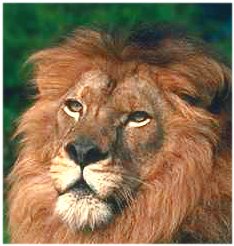
Researchers from Cornell University, ecologists and conservationists have jointly authored a paper inNature suggesting that cheetahs, lions, elephants, camels and other large wild animals should be roaming large tracts of North America. “If we only have 10 minutes to present this idea, people think we’re nuts,” said Harry Greene, professor of evolutionary biology at Cornell. “But if people hear the one-hour version, they realize they haven’t thought about this as much as we have.”
The plan is called Pleistocene rewilding and is intended to be a proactive approach to conservation. The researchers say it would help revitalize ecosystems that have been compromised by the extinction of many of the continent’s large mammals, many of them predators. They believe it would also offer ecotourism and land-management jobs to help the struggling economies in rural areas of the Great Plains and Southwest.
This web of interactions in an ecosystem is complex, and the researchers say that many gaps have developed in U.S. ecosystems, creating “unhealthy” environments. They believe that introducing living counterparts to the extinct Pleistocene-period animals could fill the voids for American plants and animals that co-evolved with large, but now extinct, mammals. To this end, they are advocating the establishment of ecological history parks with large mammals, mostly from Africa, that are close relatives or counterparts to extinct Pleistocene-period animals that once roamed the Great Plains.
The animals touted for the plan make for intriguing reading, comprising African cheetahs, feral horses, wild asses, Bactrian camels, Asian and African elephants and lions.
Selling the idea to the public may be tricky. The researchers say that the public needs to accept predation as a natural part of the ecosystem. “Gaining public acceptance is going to be a huge issue, especially when you talk about reintroducing predators,” said the paper’s lead author, Josh Donlan, pointing to the controversy that raged when wolves were reintroduced to Yellowstone National Park in 1995. “There are going to have to be some major attitude shifts.”
“We are not advocating backing up a van and letting elephants and cheetahs out into the landscape,” said Donlan. “All of this would be science driven.” He said that using large tracts of private land was probably the most promising place to start, adding that each step should be carefully guided by fossil records and the involvement of experts.
Source: Media release – Cornell University


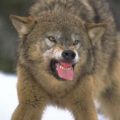







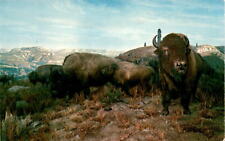
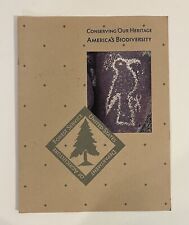

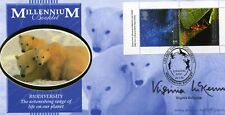

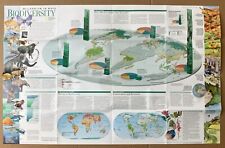
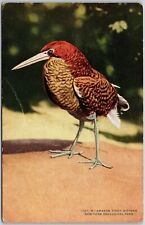

Comments are closed.